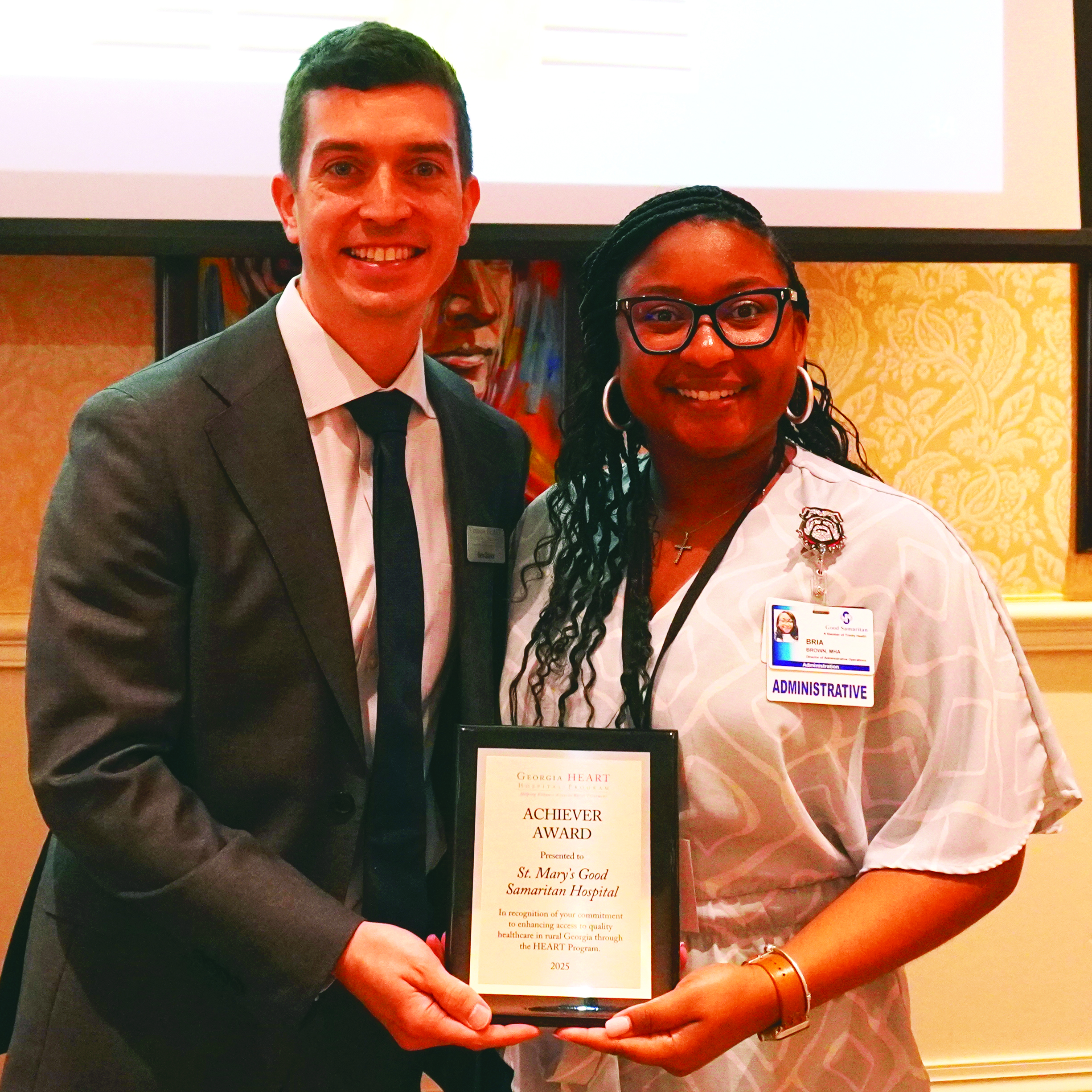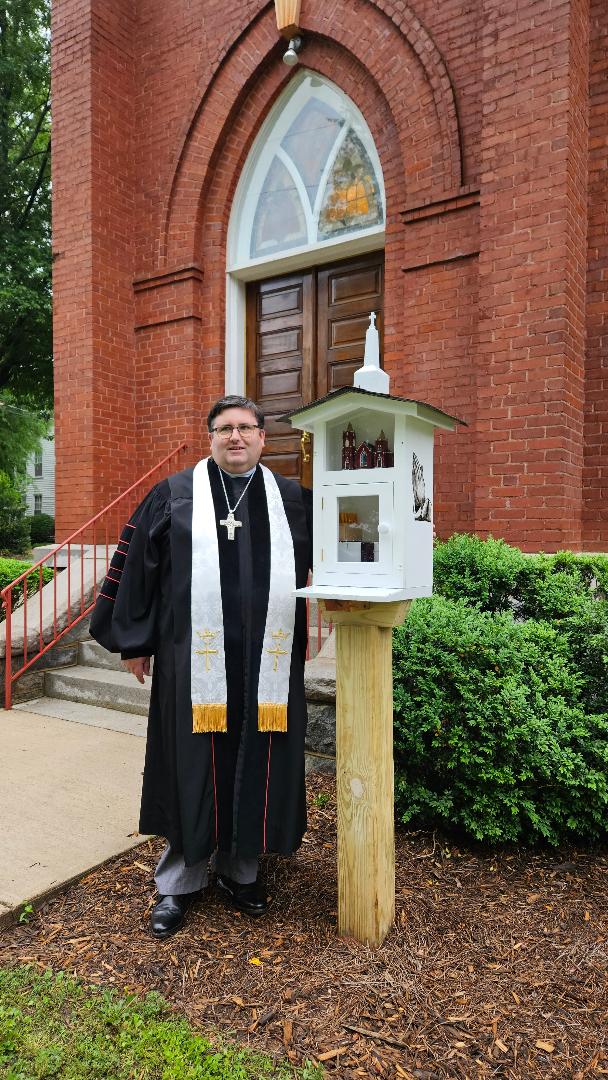Medicaid cuts expected to ‘devastate’ Okla. health care system
Published 8:00 am Thursday, March 31, 2016

- Health
OKLAHOMA CITY — Thousands of Oklahomans will struggle to get basic health care, and some rural hospitals may close, as the state’s largest insurer plans to cut reimbursement rates by 25 percent starting in June.
The Oklahoma Health Care Authority said Tuesday it needed to slash Medicaid payments to healthcare providers to shave $237 million from the state budget. Its cuts will affect 46,129 hospitals, clinics, doctors, pharmacies, medical equipment suppliers and nursing homes, among others.
“I worry about the infrastructure of our health system in light of these cuts,” said Nico Gomez, the authority’s CEO, in a statement. “From a business standpoint, I’m afraid many providers will close their doors to our patients. In some cases, especially in rural parts of our state, health care professionals will have to move their business to larger communities in order to survive financially.”
Gov. Mary Fallin, meanwhile, has rejected repeated calls from medical providers to accept federal support for Medicaid, which advocates claim would bring billions of dollars to the state. Fallin’s office said she had no comment about the latest round of cuts to Medicaid reimbursements.
More than 800,000 Oklahomans — almost 1 in 5 — rely on the state-managed medical insurance for people with low incomes.
While they won’t immediately be affected by cuts to how much the state pays health care providers, it won’t be long before they notice, according to those who work in the industry.
Craig Jones, president of the state’s Hospital Association, said the cuts will “devastate” the health care system.
“These kinds of cuts are really going to have a serious impact on an already fragile health care industry in Oklahoma,” he said. “We will have physicians who no longer choose to see Medicaid patients.”
That’s already happening, said Chuck Spicer, who heads OU Medical System, which treats the largest number of Medicaid patients in the state.
As Medicaid reimbursements have dropped — by about 17 percent since July 2014 — primary care doctors have stopped seeing Medicaid patients.
Patients who can’t otherwise find care get sicker, end up in emergency rooms and fill hospital beds, Spicer said.
Last year, he said, about two-thirds of patients treated at the OU’s children’s hospital were covered by Medicaid, as were 1 in 5 of those treated at its medical center.
“This is the most unbelievable proposition I’ve ever had to swallow,” he said, adding that his staff is still trying to grasp the magnitude of the cuts.
Reduced payments, he added, will make it harder to recruit medical students to programs in Oklahoma and to attract doctors to the state.
“We are creating more problems than we’re even coming close to solving with this situation,” he said.
Down the road from OU hospital, Norman Regional Health System is bracing for the loss of about $4.5 million a year. That doesn’t include losses expected at its clinics, said Ken Hopkins, the hospital’s chief financial officer.
“There have been years where that would wipe out all our operating revenue,” he said.
About 10 percent of the hospital’s patients are on Medicaid.
Hopkins said Medicaid cuts have been adding up since 2014.
“It’s making it more and more difficult to have the resources needed to care for the patients,” he said.
Shelly Dunham, CEO of Okeene Municipal Hospital in rural Blaine County, said the reduction will cost her facility about $75,000 a year.
“This makes it to where you can’t even recoup your costs when you’re getting less than the costs,” she said. “There’s not hardly a place for us to cut and still continue to operate.”
While her hospital has been saving money, not all rural facilities are so fortunate. About 40 hospitals in the state are at risk of closing, she said.
“Something needs to be done to avert this crisis we’re in,” she said.
It’s not just hospitals. At one time, rural Jefferson County had four nursing homes. Numbers have dwindled during the past decade, along with Medicaid reimbursements. Now there’s just one.
Brett Coble administers the last remaining nursing home in the county along the Texas border. More than 40 of 50 residents are on Medicaid.
Coble, who is vice president of the state Association of Health Care Providers, said nearly 20,000 Oklahomans live in nursing homes. About three-quarters use Medicaid to pay the bills.
Coble said many of those remaining nursing homes may not survive.
“It will be a devastating crisis for the state to not have nursing homes as part of the healthcare delivery system,” he said. “If that option is not available to them, I don’t know where they’ll go. Nursing homes are kind of the last resort.”
The cuts will also freeze Oklahomans from getting medication.
Randy Tate operates NorthRock Pharmacy, which each year sells mental-health drugs to thousands of Oklahomans, many of them living in rural areas. As many as 8,000 of his clients could lose access to those drugs if Medicaid rates are cut by 25 percent, he said.
Verna Foust, CEO of Red Rock Behavioral Health Services, which provides health services at 23 locations in 14 counties and employs almost 500 people, said the cuts are “absolutely devastating.”
Nearly one-third of her clients are on Medicaid. For the rest, treatment is funded by the state’s mental health department, which is also slashing its budget.
“On top of not expanding Medicaid, now they’re gutting the state system,” she said. “(Patients) will have no place to go. “
Foust estimated that 2,000 patients at her clinics will lose service. That will also make the already tough task of bringing psychiatrists to Oklahoma even more difficult.
“There is no fat, nothing to cut,” she said. “When you take these kinds of cuts to a system that is already struggling, it’s devastating. The state of Oklahoma should be ashamed that we’re having to turn our backs on people.”
Janelle Stecklein covers the Oklahoma Statehouse for CNHI’s newspapers and websites. Reach her at jstecklein@cnhi.com.





